Peter Salomon’s HENRY FRANKS appears in bookstores this month to rave reviews. Last spring I got to read the haunting opening scene and had a chance to chat with Peter about those deliriously, difficult-to-write novel beginnings.
The Opening Scene of HENRY FRANKS:
Spanish moss, bleached to gray in the heat, stretched down from the trees and the breeze barely stirred the air. From his bedroom window, Henry watched oak branches reaching for the house, close enough to scratch against the bricks. The marshes surrounding St. Simons Island reached to the horizon, flashing with light where the rising sun reflected off the water.
Henry closed his eyes, took a deep breath and then counted to ten. A pushpin stuck out of the wall next to the window and he grabbed it without looking. A branch grated across the house with a hiss that seemed almost alive.
Where the sharp metal point broke the skin of his right index finger a single bead of blood welled up. He opened his eyes, took another breath and then counted again.
Against the glass, he pushed the pin the rest of the way into his finger. Blood ran like rain down the window but Henry Franks didn’t feel a thing.
WOW!
So after reading that, and in a total reading stupor, I had the chance to ask Peter a few fumbling questions:
2. What were some of the challenges of those amazing first 5 paragraphs?
3. What were your goals for your first page?
4. You accomplish SO much in so few words, how did you achieve that?
5. Were you ever worried about keeping the promise of that first page throughout the story?
And here were Peter’s brilliant answers:
The biggest challenge with the opening was setting up and including most of the thematic elements of the book (the scars, the hissing, the blood, the counting/breathing, the heat and the feeling of loneliness) without losing any of the overall atmosphere or overwhelming the reader with details…and, in the end, it basically came together one line at a time, with each line dealing with a different aspect of the entire novel as a whole:
The book ends with a hurricane, which is as far from a ‘breeze barely’ stirring the air as it’s possible to get. Plus the heat and spanish moss are a constant part of the book with the weather acting as a separate character in the book for the most part.
The scratching is also a constant, and turns out to be something very different than branches. It’s an image that worked its way into the cover art, with the bare branches.
“The marshes surrounding St. Simons Island reached to the horizon, flashing with light where the rising sun reflected off the water.”
In one of the last revisions of the book my Editor realized that it wasn’t until midway through the book that he really understood that Henry was living on an island so I needed something to set that up immediately, giving a greater sense of place to the book. Also, the whole book has a subtle undercurrent of claustrophobia and that begins with realizing he’s on an island.
The scars ARE the book, they are the central mystery after all . . . and it took MASSIVE amounts of re-writing to get that one sentence to work: I didn’t want to overuse the word ‘scar’ and there’s only so many ways to describe them without sounding repetitious. Once I came up with the jewelry metaphor it all fit perfectly since it makes it so easy to visualize without saying ‘scar’ over and over again. Plus I was able to re-emphasize the heat in a different way.
Having his eyes closed lets me show how often he does this, the breathing and counting become VERY important, as does the pushpin and the hissing. And there’s those branches again.
I SO did not want to say ‘he pushed the thumbtack into his finger’ so it took a number of tries before I was comfortable with the pov on the action basically being the thumbtack itself for the most part…plus it leaves the word ‘blood’ unsaid for as long as possible which I liked, then I get him breathing and counting again. What I’ve always rather enjoyed about this is that Henry opens his eyes AFTER the blood wells up…it shows that he has done this so often that he knows there’s blood there, he knows what it’ll look like as soon as he opens his eyes. He’s done this before and the reader knows this by how familiar Henry is with the process.
This, to me, is FAR creepier than just poking the point deep enough to draw blood. It’s one thing to prick yourself…it’s something much different, much more serious, much more dangerous to basically stab yourself with that thumbtack, driving the metal deep enough that the shaft is most likely hitting bone in your fingertip if not coming damn close to sticking all the way through. Just go to your desk, pick up a pushpin and measure the length of the pin to the thickness of your index finger. It should be about the same size with, if you can imagine it, the point going THROUGH the bone to rest on the inside of your fingernail. How’s that for an image?
I have always loved the imagery here. The rain also foreshadows the hurricane but most important is the last part: that he doesn’t have feeling in his finger so the pain the reader is imagining disappears in the shadows of the mystery.
Plus it’s creepy 😀
Well NOW I’m worried about ‘keeping the promise of that first page throughout the story.’ In all seriousness, for all those drafts of the first scene the problem I was worried about was that the first page wouldn’t live up to the level of the rest of the novel…The first page kept feeling, to me, out of place. It took a long time to figure out how I wanted to introduce Henry to the reader and originally the thumbtacks were introduced much later but the image I had in my mind of this young boy staring out the window with his hands on the glass as blood dripped down kind of took over the scene.
Thanks, Peter! Do you have any questions for Peter on beginnings? Let’s get the conversation started!


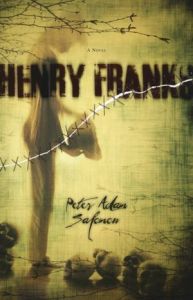



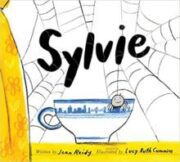






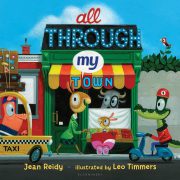
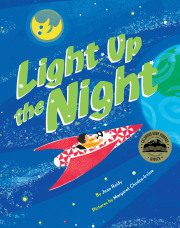
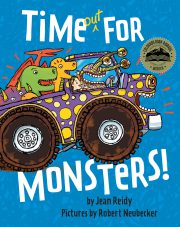



WOW! That is quite a beginning. Putting this book on my TBR book list. I want to know more.
I agree, Susanne. Chilling, eh?